
Energy, renewables and resources

and, as such, are written by the companies in question and reproduced in good faith.



and, as such, are written by the companies in question and reproduced in good faith.
Welcome to Spotlight, a bonus report which is distributed eight times a year alongside your digital copy of Shares.
It provides small caps with a platform to tell their stories in their own words.
This edition is dedicated to businesses powering the global economy, whether that be in mining, oil and gas, the renewables space, infrastructure or energy provision.
The company profiles are written by the businesses themselves rather than by Shares journalists.
They pay a fee to get their message across to both
existing shareholders and prospective investors.
These profiles are paidfor promotions and are not independent comment. As such, they cannot be considered unbiased. Equally, you are getting the inside track from the people who should best know the company and its strategy.
Some of the firms profiled in Spotlight will appear at our webinars and in-person events where you get to hear from management first hand.
Click here for details of upcoming events and how to register for free tickets.
Previous issues of Spotlight are available on our website.
Members of staff may hold shares in some of the securities written about in this publication. This could create a conflict of interest. Where such a conflict exists, it will be disclosed. This publication contains information and ideas which are of interest to investors. It does not provide advice in relation to investments or any other financial matters. Comments in this publication must not be relied upon by readers when they make their investment decisions. Investors who require advice should consult a properly qualified independent adviser. This publication, its staff and AJ Bell Media do not, under any circumstances, accept liability for losses suffered by readers as a result of their investment decisions.
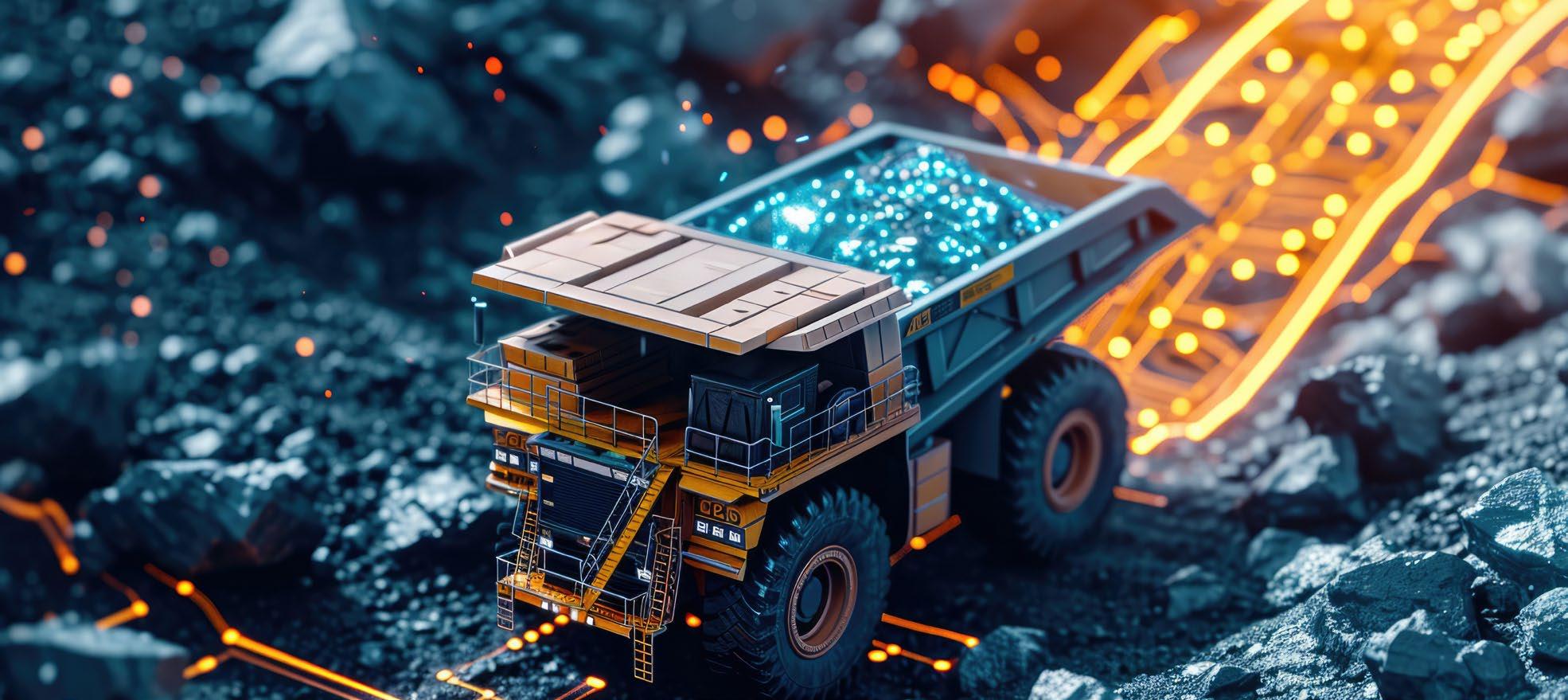
This article is taken from the BlackRock World Mining Trust website, other insights are available online.
The mining sector is no longer in thrall to the ebb and flow of the global economy, with the energy transition creating a new source of demand, says Olivia Markham, manager of the BlackRock World Mining Trust.
Mining has historically been seen as an industry whose fortunes are tied to the global economy. When economic growth is strong, demand for mined commodities rises, and as it weakens, demand falls. However, the energy transition is creating a source of structural demand for a range of mined materials. This is changing the nature of
the sector.
The past five years have been a stronger period for mining companies, which has helped rebuild confidence among investors. Mining companies have generally been prudently managed, with sound balance sheets, lower debt, and capital discipline.
Nevertheless, it is likely to encounter a more difficult economic environment from here. The reopening of the Chinese economy has been weaker than expected, removing an important source of demand for mined materials. There has been some expectation that the Chinese government would step in to support growth, but this has not yet significantly materialised.
There are also signs of weakness in other developed nations. In the US, Europe and UK, the impact of higher interest rates and inflation is starting to weigh on economic growth.
This is likely to become increasingly evident in the fourth quarter of 2023 and first quarter of 2024. This is likely to depress some of the traditional sources of demand for mined commodities.
However, our view is that new sources of demand are emerging because of the global transition to lower carbon energy options. The energy crisis created by Russia’s invasion of Ukraine
has accelerated the move to renewables as global governments look to reliable and secure sources of supply.
The transition is happening at an increasing pace. There are now significant government support packages in place to build the requisite infrastructure – the US Inflation Reduction Act, for example, or Europe’s Fit for 55.+
The mining sector and materials sector has an important role in enabling the transition. It will deliver the copper needed for electrification, the metals needed to update electricity grids across the world, the lithium for use in batteries and the steel for wind turbines. The energy transition should provide a long-term source of demand for these mined commodities that will be structural rather than cyclical.
There are supply challenges for many of these commodities. They are hard to find and extract. Existing mines are mature, and, in some cases, it is proving difficult to grow production. This is particularly evident in areas such as copper: it is becoming tougher to find new sources in the ground, and labour shortages are compounding the problem.
In some cases, mining companies are turning to innovative technologies to expand production, rather than investing in new mines. Either way, it will take time to bring new supply on stream. This imbalance of supply and demand may support prices.
That said, the energy transition will inevitably be a bumpy journey. It is a vast global project, its outcomes are not always predictable, and technology is evolving all the time. There will be missteps along the way. For example, the nickel price has

had a difficult year in 2023, despite its importance in the construction of lithium-ion batteries for electric vehicles and energy storage systems.
This appears to be due to worries on a growth in supply from Indonesia. Equally, the lithium price has struggled after some over-exuberance in pricing during 2022.
We need to remain alert to these shorter-term considerations within the context of the broader structural trend.
There is another consideration. Businesses across the world are increasingly looking at the carbon impact of their supply chains. Mining can be carbonintensive, but more innovative companies are looking at ways they can decarbonise production. Our view is that companies and governments will look to source more ‘green metals,’ with the way commodities are produced becoming more important.
As part of our analysis, we want to ensure that companies are making the requisite investment in decarbonisation strategies. We recognise this may require a rise in overall expenditure, but we believe it will be an important part of future-
proofing the business. In some cases, permitting regimes are becoming more stringent, and this is a trend that could accelerate in the future. Companies need to be on the right side of this shift. We consider environmental, social and governance (ESG) factors in all our analysis. It is a core component of the fundamental work we do with companies. Companies that neglect these areas could be exposed to more risk than their peers. Nevertheless, the decarbonisation impact from companies that get this right can be significant. In the long-term, we believe the direction of travel is clear. It will not be a straight path, but the mining sector has a vital role to play in decarbonisation.
Mining companies are providing the metals needed for the transition. If they can also reduce the intensity of their own emissions, the cumulative effect on global carbon emissions should be significant.
The value of investments and the income from them can fall as well as rise and are not guaranteed. Investors may not get back the amount originally invested.
Evening webinar on Wednesday 6 March 2024 at 18:00

BRUNNER INVESTMENT TRUST (LSE:BUT)
The Brunner Investment Trust invests in companies all over the world. Brunner aims to provide investors with growth in capital and dividends over the long term.
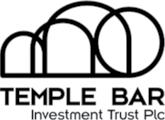
TEMPLE BAR INVESTMENT TRUST (LON:TMPL)
Their investment objective is to provide investors with a growing income combined with growth in capital.

WITAN INVESTMENT TRUST (LSE:WTAN)
An investment trust which aims to grow shareholders’ wealth and outperform through active investment primarily in listed individual companies.

It is not often that a company can boast that it intends to become the largest producer in not one, but two minerals designated ‘critical’ and ‘strategic’ by the EU and US.
It is less often that the same company is also targeting the production of these minerals at the lowest cost globally.
Overlay the fact that Sovereign believes it can produce these minerals with the lowest carbon-footprint in the entire industry and you have a unique investment proposition.
Sovereign’s Kasiya project is the world’s largest rutile (titanium) deposit and second largest flake graphite resource. Two tier one critical mineral projects hosted in one deposit, mined and processed simultaneously.
Rutile is the highest grade; purest natural form of titanium found on earth and is immensely scarce making it a prized feedstock for the titanium industry.
Graphite makes up 50% of a lithium-ion battery. Therein lies the critical nature of both minerals.
It is no wonder then that in July 2023, the world’s second largest mining company Rio Tinto (RIO) decided to invest A$40 million to acquire a 15% shareholding of the company.

The story of titanium is threefold. It encompasses the pigments market, where titanium dioxide (TiO2) is used as a white pigment in paints, plastics, coatings, cosmetics, medicines; the welding market, where rutile flux wires in manufacturing and construction; and the titanium metals market which caters for anything from aerospace and defence technologies, through to artificial joints in medical applications and even the latest Apple iPhone 15 Pro. Its vast array of uses demonstrates its classification as a critical mineral.
Indeed, this criticality became real in 2022 when
Russia, a leading manufacturer of aerospace-grade titanium invaded Ukraine prompting the likes of Rolls Royce (RR.), Boeing, and Airbus to rethink and revise their supply chains, ultimately looking to Japan for future supply.
Despite being the ninth most abundant element in the earth’s crust, commercially mineable titanium remains scarce.
The two main forms of titanium mined are ilmenite and rutile. Ilmenite is the much more common form of mined titanium oxide accounting for 95% of all titanium feedstock mined, yet it only contains 30-60% TiO2.
To be used in high grade titanium feedstocks (high quality paint, metal) it requires high energy and carbon intensive upgrading to
Shares Spotlight
Sovereign Metals
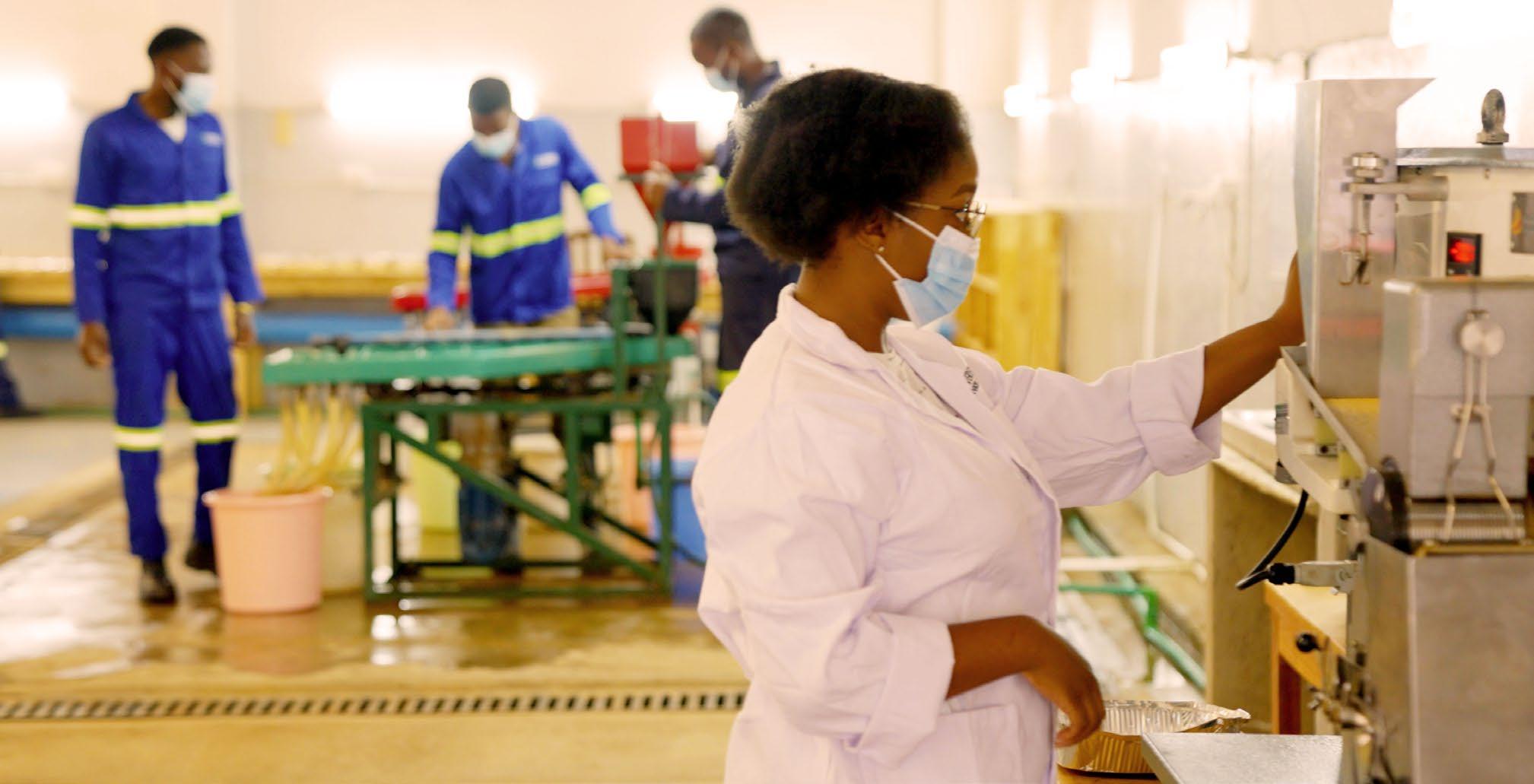
become ‘commercially useful.’
Rutile, while only 5% of the titanium feedstock supply, is >95% TiO2 and therefore does not require energy and carbon intensive metallurgical processing since nature has done the upgrading already. Most rutile is found in tiny amounts within ilmenite deposits. These scarcity, valuein-use and commerciality factors are reflected in each mineral’s current prices. Ilmenite changes hands for around $200-300 per tonne; meanwhile rutile has been sold for over $2,000 a tonne as recently as last November 2023.
The fact that Sovereign Metals unearthed the world’s largest rutile discovery ever made in 2020, and the first rutile-dominant deposit found on the planet in over 70 years already places it in a Tier One category.
As the largest component in a lithium-ion battery, graphite plays the crucial role of the anode while all the lithium, nickel and cobalt are within the cathode.
If electrification through lithium-ion batteries is to play a part in global decarbonisation, graphite will be essential. Indeed, Elon Musk is on record as once saying Tesla’s batteries should be renamed ‘nickelgraphite batteries.’
Graphite’s own criticality of supply came to the forefront as recently as October 2023 when China, the world‘s largest producer of synthetic and natural graphite and graphite anodes, began to impose curbs on the export of graphite citing ‘national security’ concerns.
According to industry experts Benchmark Mineral Intelligence, China currently produces almost 70% of all flake graphite used in the production of lithium-ion battery anodes and accounts for over 90% of all graphite anode production globally.
By January 2024, China’s export of graphite to Japan had decreased by over 40% and to the US by 20%.
Kasiya is one of the world’s largest natural flake graphite deposits and has the potential to become a key source of strategic supply to the US, UK, EU, Japan, and South Korea.
The outcomes from Sovereign’s September 2023 prefeasibility study speak for themselves: $1.6 billion net present value is almost 10 times the current market value, and the average annual earnings before interest taxation depreciation and amortisation (EBITDA) of $415 million per year is almost three times market capitalisation.
The scale of Kasiya becomes apparent when considering these numbers are based on an initial mine life of 25 years which would see only 30% of the current known resource mined.
The company is now in the throes of optimising this study with the help of the experience, expertise and IP of its strategic investor Rio Tinto.


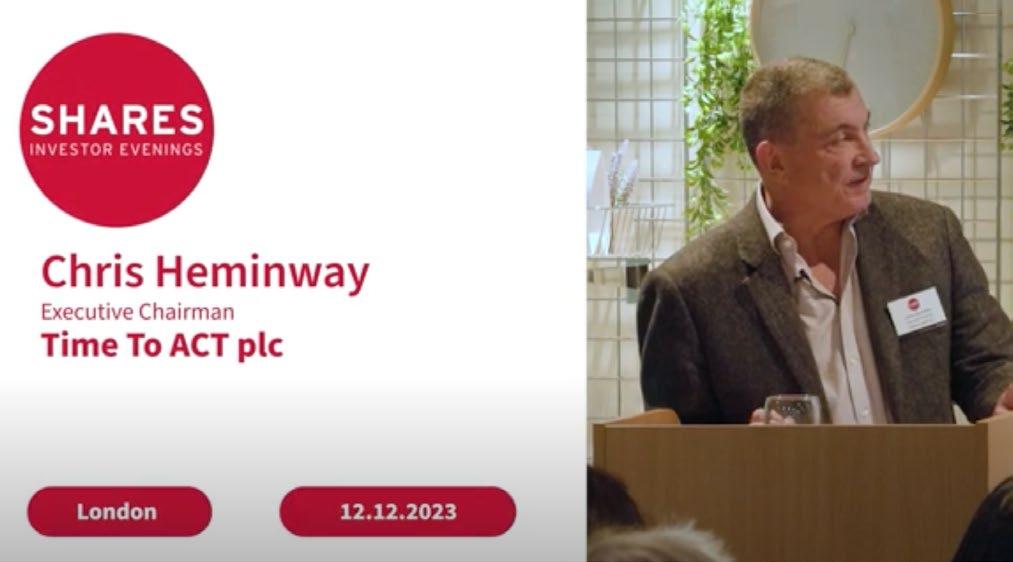
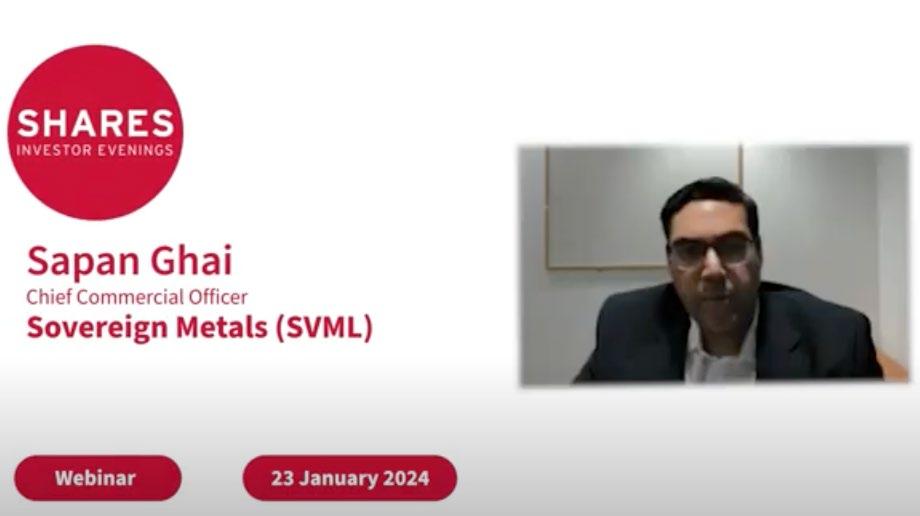
Atalaya Mining (ATYM)
César Sánchez, CFO
Atalaya Mining is a sustainable and reliable producer of copper and other critical metals that are essential for economic growth and the energy transition. The company maintains open engagement and strong relationships with its key stakeholders, including the local communities in the regions surrounding its operations.
Chris Heminway, Executive Chairman
Time To ACT is a development business focusing on Advancing Clean Technologies. We own, operate, improve and scale up cleantech and renewable supply chain businesses with promising profiles but embedded challenges that we can help to overcome.
Sovereign Metals (SVML)
Sapan Ghai, Chief Commercial Officer
Sovereign Metals is a mineral exploration company. It is engaged in the mineral exploration, identification, and appraisal of resource projects.





